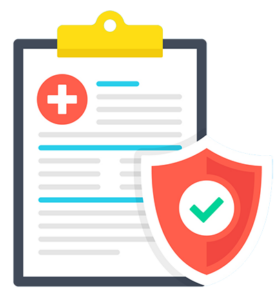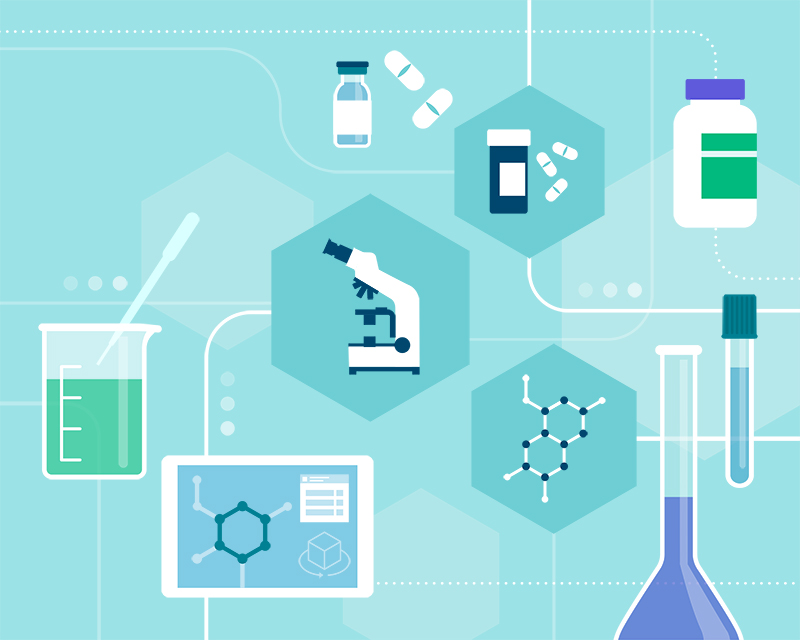The Science of Safety Measurement in Clinical Trials

Determining the side effects of new treatments is a difficult process that includes documenting every change in a patient’s health and determining if it may have been caused by the treatment. These side effects are called adverse events (AE) and are often graded on a scale of 0 to 5:
Grade 0: No problem or symptoms.
Grade 1: Mild AEs that are generally not bothersome. For example, this could be a skin reaction such as a rash that is mild and involves a small area of skin.
Grade 2: Moderate AEs that interfere with some activities. An example is an itchy rash that burns and is uncomfortable enough to keep you from driving.
Grade 3: Serious AEs that interfere with basic activities. They often require medical treatment. For instance, this could be a rash that covers larger body surfaces, is very itchy, and keeps you from sleeping.
Grade 4: Life-threatening AE, often requiring hospitalization. This could be an extensive rash that is blistering. Such a skin condition could lead to dehydration with the loss of the protective skin barrier.
Grade 5: AEs that are fatal.
Studies are designed to have enough people to demonstrate the efficacy of the treatment. Sometimes, rarer side effects associated with the treatment do not show up when the treatment is studied in trials, which typically involves less than 1000 people (in mycology anyway). Then, when the treatment is used in large numbers of people in the real world, these rare side effects may show up. That’s why postmarketing surveillance programs are used to monitor the safety of treatments once they are approved and used in larger groups of people.




 Sometimes, scientists do observational studies instead of clinical trials. In these studies, they don’t give any specific treatment or change people’s care. Instead, they observe what happens naturally. There are no control or treatment groups in these studies.
Sometimes, scientists do observational studies instead of clinical trials. In these studies, they don’t give any specific treatment or change people’s care. Instead, they observe what happens naturally. There are no control or treatment groups in these studies.